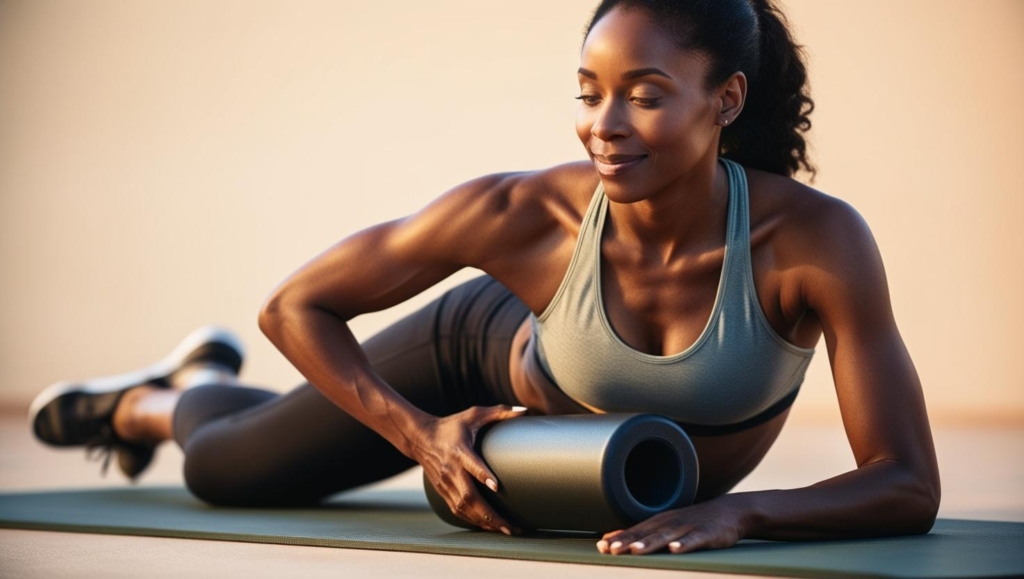Introduction: It Wasn’t an Injury That Slowed Me Down—It Was Stiffness
For the longest time, I believed mobility work was something you did only after getting injured. As an active adult with a regular fitness routine, I thought stretching a bit post-workout was enough.
Then one morning, I woke up after a hard training session—and couldn’t touch my toes. My hips were tight, my shoulders stiff, and even walking felt clunky.
I wasn’t injured. But my body was screaming for attention.
So I started learning about mobility—and everything changed.
Mobility vs. Flexibility: Let’s Clear This Up

Flexibility is about how far you can stretch a muscle.
Mobility is about how well your joints move through a full range of motion—with control.
You can be flexible but still have poor mobility. And if your mobility is limited, so is your athletic potential.
Good mobility = smoother movement + reduced risk of injury + more power + better performance.
The Wake-Up Call: Realizing I Was Moving Poorly

After a few weeks of deeper squats, shoulder openers, and hip mobility drills, something wild happened:
- My lifts got stronger.
- My running felt smoother.
- I stopped feeling sore all the time.
Turns out, my body wasn’t underperforming—it was just restricted.
Mobility work wasn’t slowing me down. It was the thing that unlocked my strength.
Why Athletes Can’t Afford to Ignore This

You don’t need to be a pro athlete to train like one. And most elite athletes have mobility training baked into their daily routines.
Here’s why:
- Prevents Injuries: Proper mobility takes stress off joints and distributes force more efficiently.
- Improves Performance: A mobile joint moves more freely and generates more power.
- Accelerates Recovery: It enhances circulation and reduces tightness post-training.
- Boosts Longevity: Mobility training helps you stay in the game longer—without burnout or breakdowns.
How to Start (Without Overhauling Your Routine)

You don’t need an hour a day. Even 10 minutes before or after workouts can make a massive difference.
Start with these high-impact drills:
- World’s Greatest Stretch (opens hips, hamstrings, and spine)
- 90/90 Hip Rotations (builds hip mobility and control)
- Thoracic Spine Rotations (targets mid-back and shoulders)
- Ankle Dorsiflexion Drills (improves squat depth and running form)
- Wall Shoulder Flexions (restores overhead range)
Use slow, controlled motion. Focus on breathing. This isn’t punishment—it’s restoration.
Final Thoughts: Mobility Is Strength in Disguise

You don’t have to wait for pain to pay attention to your body.
Mobility is the silent force behind peak performance, injury prevention, and feeling light in your movement.
Whether you’re a weekend warrior, a CrossFit junkie, or a recreational runner—this is your sign:
Start today. Move better. Feel better. Perform better.






